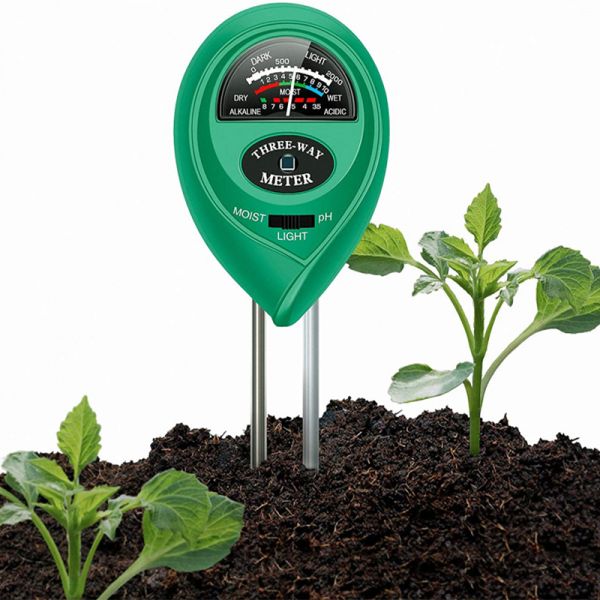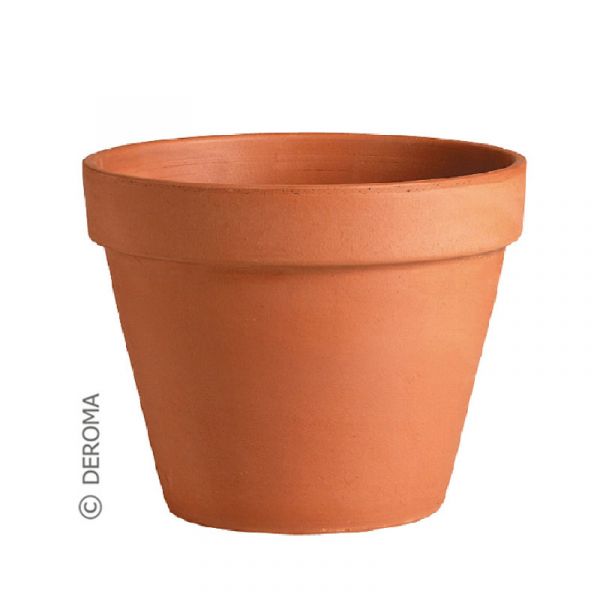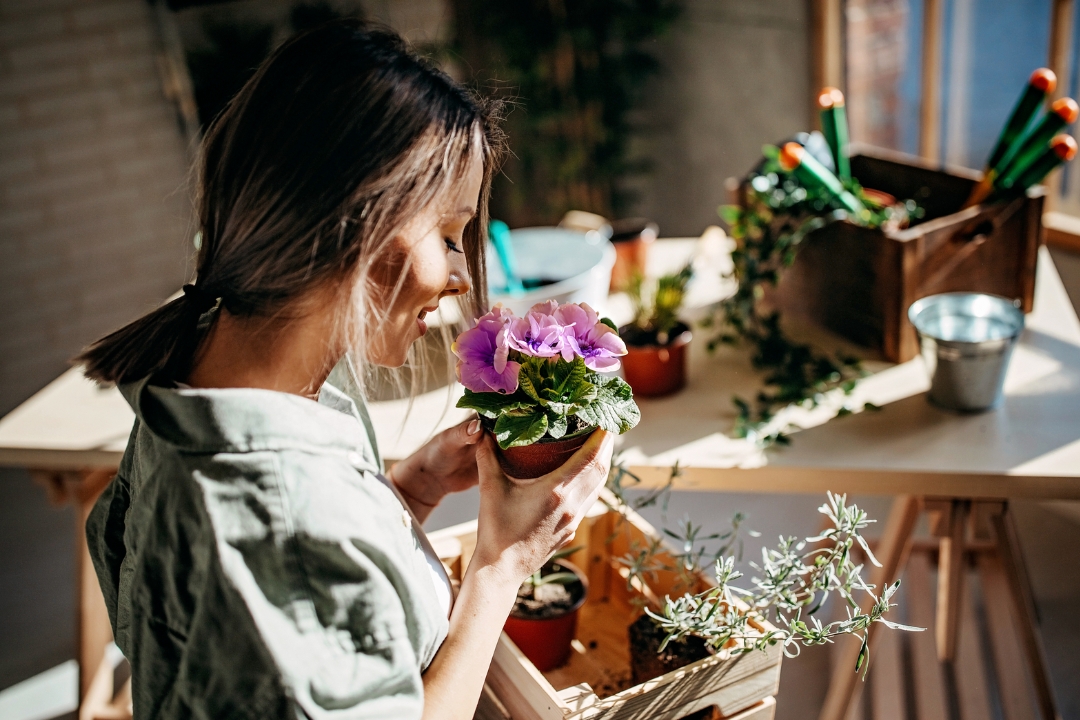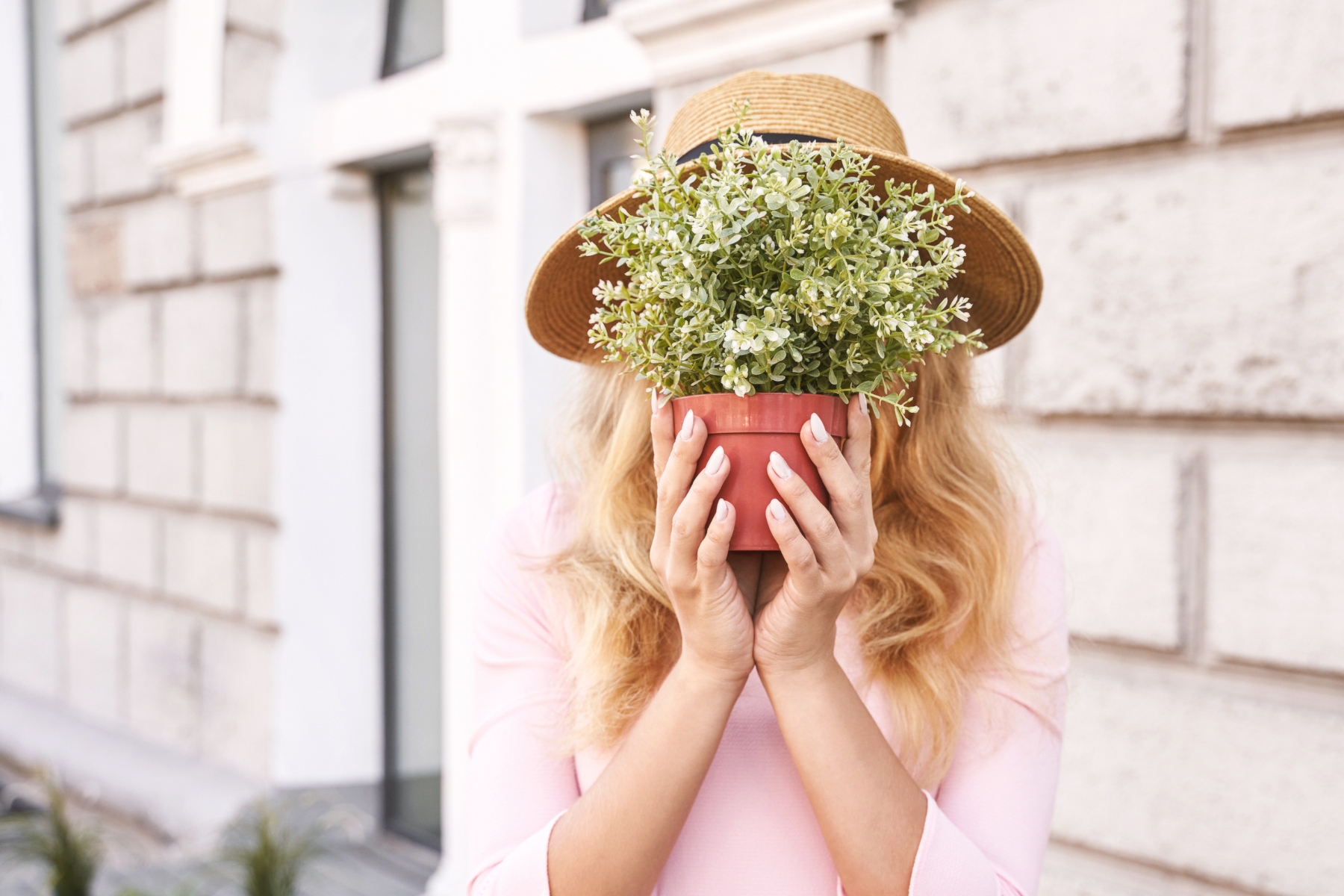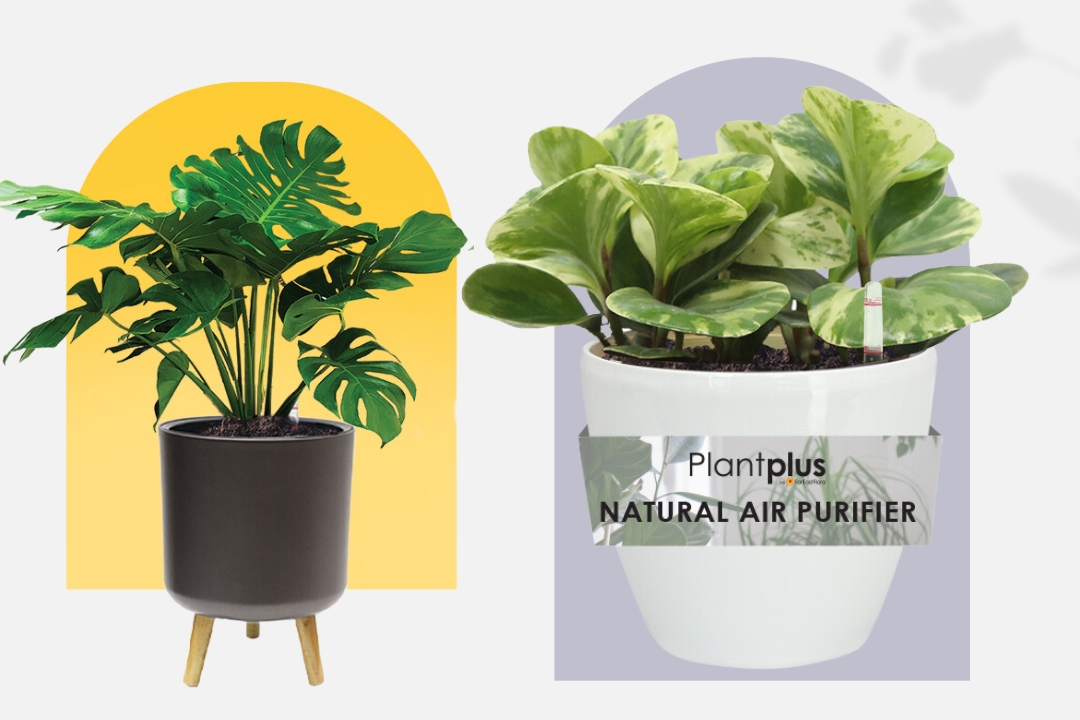Overwatering VS Underwatering
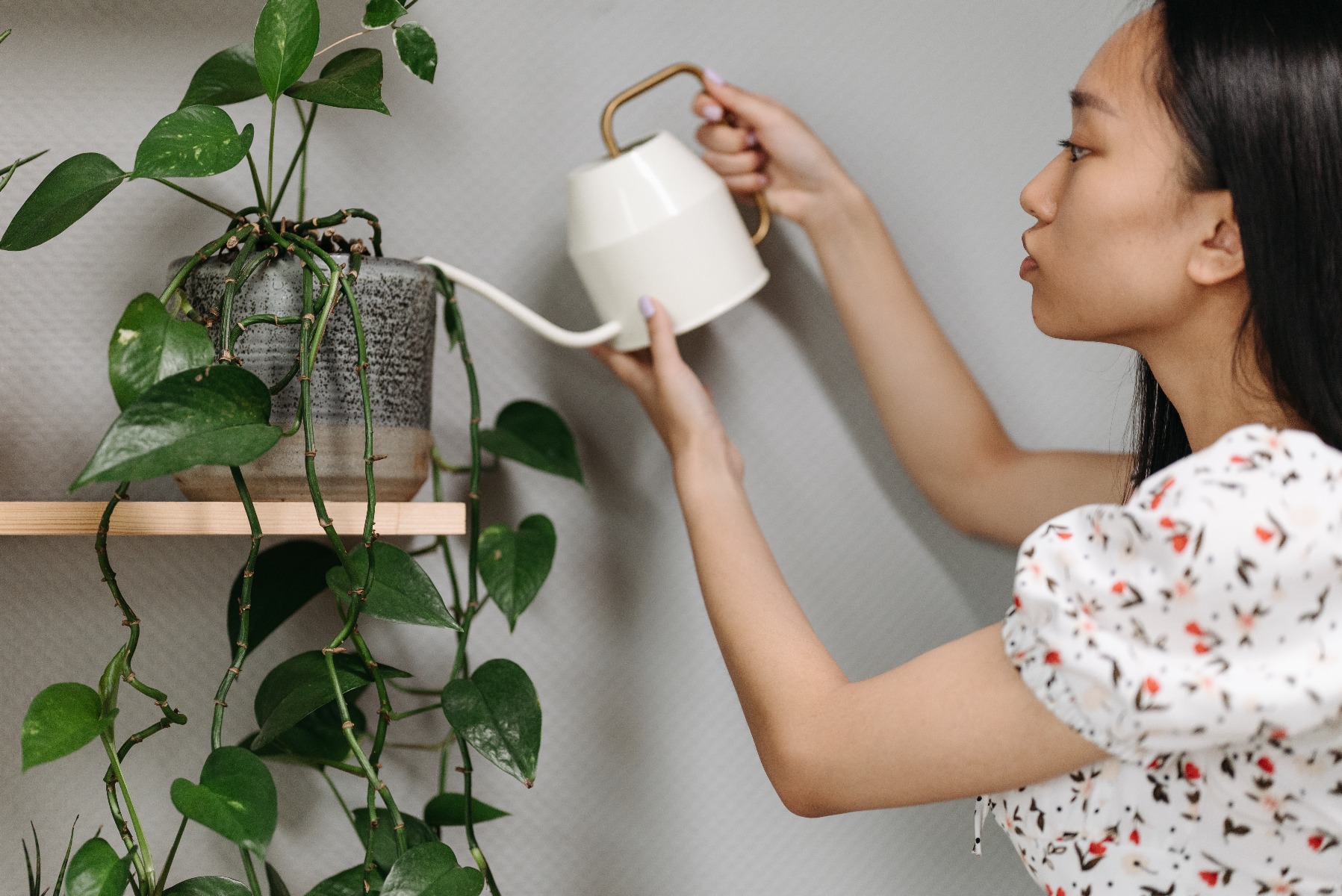
(Photo: Pexels/ ROCKETMANN TEAM)
Watering your plants may seem like an easy task. However, the tricky part is knowing exactly when and how much to water. Two of the most common issues faced by new plant parents are overwatering and underwatering. In fact, improper watering is among the top reasons for houseplants' death! ):
New plant parents may find it intimidating or overwhelmed when they see their plants withering and may be unsure if they are overwatering or underwatering their plants as the symptoms can look very similar. Before you start panicking, here is a quick guide on the various reason why your plant may be dying due to your watering routine and what you can do to prevent them!
Signs of Overwatering VS Underwatering
| Overwatering | Underwatering |
|
Development of brown tips on new leaves |
Development of brown tips on both new and existing leaves |
|
Wilting that doesn’t resolve after watering |
Wilting that improves after watering |
|
Wet/waterlogged soil |
Dry soil/ Soil pulling away from the pot |
|
Mushy, black/brown roots (Root rot) |
Roots shrink and shrivel |
|
Leaves curling upwards |
Leaves drooping downwards |
|
Soft & limp leaves |
Dry & crispy leaves |
|
Soft, mushy stems |
Brittle, crispy stem |
|
Pests: Fungus Gnats (Prefers wet environments) |
Pests: Spider mites (Prefers dry environments) |
How To Avoid Over or Underwatering
Check the soil before watering
Poke your finger or a satay stick a few inches into the soil/medium to test if your plant is ready to be watered. If it feels wet and cold or if there is damp soil sticking onto the satay stick when you remove it, your plant may be too wet to water! On the other hand, if it comes out dry, it is time to water your plants! Alternatively, you can also use a moisture meter for a more accurate reading to gauge if your plant is thirsty. A moisture meter can immediately tell you if the soil is too wet or dry to water!
Water deeply
Ensure your plants are given a good, thorough soak each time you water. Drench the soil till the water flows out of your plant’s drainage hole. Go over this process a few times to ensure that the soil is fully saturated. Alternatively, you can also bring your plants into the shower or dunk your plant into a bucket of water for a good soak! Adjust your next watering session accordingly (refer to point 1) to prevent over/underwatering!
Choosing the right pots
The right size
If you notice that your plant is drying out too quickly, it may be time to repot your plant as it may be root bound – this is an indication that the roots of your plant have outgrown its pot, leaving almost no space for soil and water! This will lead to underwatering as the roots may not have access to enough water for your plant. On the other hand, plants in pots larger than what they require are at a high risk of being overwatered. It could be tough for plant parents to gauge how much water is required for the plant. More water will be taken in and the plant’s medium will remain moist for an extended period of time as the roots will not be able to absorb all the water. A good rule of thumb is to choose a pot that is 2-4 inches larger than its previous pot size!
The right material
If you are prone to be a tad heavy-handed with the watering can, terracotta pots are your new best friends! Terracotta pots are the most forgiving container when it comes to watering. They are porous enough to allow moisture to escape and the soil to breathe.
Shop: Deroma Clay Pot from Italy
On the other hand, plastic pots may be a better choice if you tend to forget to water. As plastic is not as permeable as terracotta, water has more difficulty escaping the soil, allow it to better retain moisture.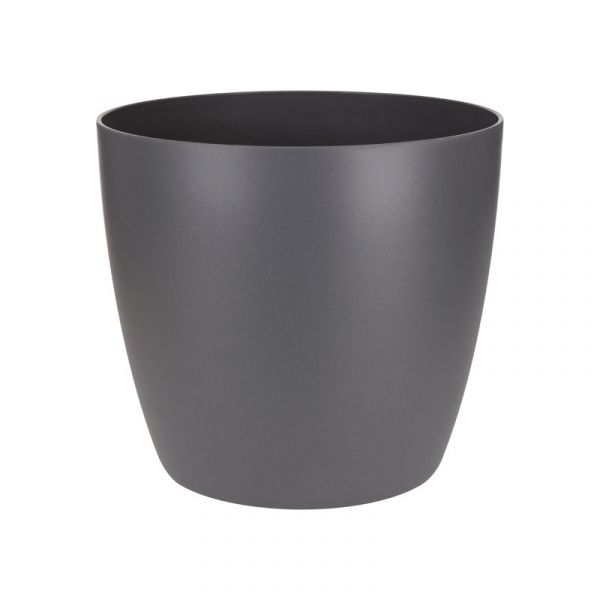
Shop: Elho Pot (Plastic)
Pro tip 1: Drainage Holes
Always use pots with drainage holes. Drainage is the key to avoiding overwatering. If your pot is unable to drain the excess moisture from watering, it will be trapped in the soil, leading to root rot and other fungal development.
Pro tip 2: Self-watering pots
If you are an avid traveler, a busy plant mom, or simply struggling with watering, self-watering pots may be the solution for you! All you have to do is to fill its water tank and let the pot do all the work! They will distribute the perfect amount of water into the soil, and the plant’s roots will only absorb what they need – preventing under/overwatering!
Type of medium used
Different types of plants have varying preferences on how well-draining or moisture-retentive they like their medium to be. For more moisture-loving plants, you can prevent underwatering by improving the water retention properties of your plant’s medium by adding materials like vermiculite, sphagnum moss, or coconut coir. On the other hand, if your plant is more drought-tolerant, look into improving the drainage and aeration of your medium by adding chunky materials like perlite, pumice, or sand!
What to do if you have already over/underwatered your plants?
Do not worry! Most plants are hardy and can bounce back from some neglect.
It may not be too late to save your plant babies!
Remove Dying Plant Parts
Prune away all decaying/dying leaves, stems, roots, or blooms so your plant can focus on growing instead of saving its dying parts. Pruning also helps prevent pest infestation!
Root Rot
If your plant had experienced root rot from overwatering, there might be disease or fungus growing in its existing soil. Refresh your plant’s medium with dry, fresh soil and use a fungicide to treat your plant if needed.
Avoid fertilising
Avoid fertilizing (and watering if your plant is overwatered) until your plant shows new growth. Your plant’s roots are delicate at this point and fertilizing may burn its roots.
Remove from full sun
If your underwatered plant is placed under intense sun, move them into the shade to allow them to recover.

